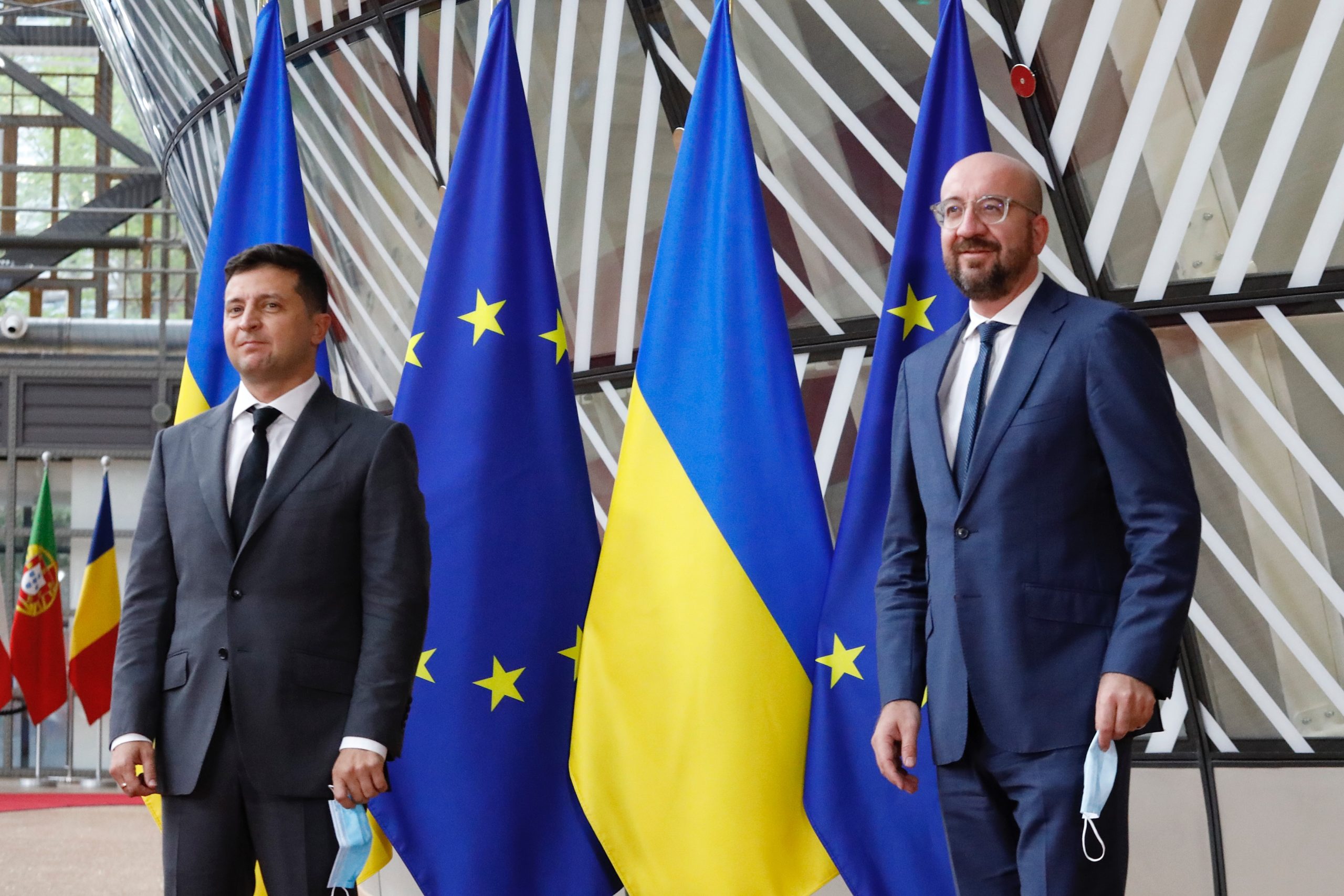First half of 2023: Commission to issue up to €80 billion to finance economic recovery and support for Ukraine
 European Union, 2020
European Union, 2020The European Commission has today announced that it intends to issue up to €80 billion of long-term EU-Bonds in the first half of 2023 under its unified funding approach. Under this approach, the Commission – on behalf of the EU – will henceforth issue only “EU-Bonds” rather than separately denominated bonds for individual programmes such as SURE and Macro-Financial Assistance (MFA).
The programmes to be financed through the unified funding approach in the first half of next year are the NextGenerationEU recovery programme and the new Macro-Financial Assistance + programme for Ukraine. The former will account for some €70 billion, and the latter for around €10 billion.
The unified funding approach will allow the instruments developed for NextGenerationEU to be used in the same way for other lending programmes. All of these programmes can be funded in a flexible manner, relying on the proceeds of a single scheme of EU-Bills and EU-Bonds transactions.
The Commission will continue to finance the green component of the Recovery and Resilience Facility at the heart of NextGenerationEU through clearly and separately designated NextGenerationEU green bond issuances. In this way, investors will remain able to verify that proceeds from the NextGenerationEU green bonds are matched to eligible green bond expenditures in accordance with the NextGenerationEU green bond framework.
The benefits of the new approach
Thanks to the new approach, the Commission will be able to plan, execute and communicate all issuances in an agile and coherent way, via a single EU-Bond label. It will also make use of the full range of its funding instruments and funding techniques to cover its funding needs, thus obtaining the most advantageous terms possible at that time.
These attractive conditions will be passed on to the beneficiaries of its funding programmes.
Finally, the single-branded EU bonds will also be easier to buy, sell and substitute in investor’s portfolios. This will help make EU securities more liquid, and improve their pricing and trading in the secondary market.
Boosting secondary market liquidity
Moving from policy-by-policy issuance towards a unified funding approach will make EU securities more fungible and liquid. To further boost the liquidity of EU-Bonds, the Commission will:
- Prepare, with the banks included in the Primary Dealer Network, a framework for providing investors with pricing quotes on EU securities. These quotes will be displayed through the trading platforms used by financial professionals. Preparation will start in early 2023 with a view to introducing these new quoting commitments from summer 2023.
- In addition, the Commission will start building a repo facility to support market participants in trading its bonds. Through the repo facility, the Commission will make available its securities on a temporary basis, thus helping EU Primary Dealers to provide liquidity in EU-Bonds. This repo facility will be implemented by early 2024.
Background
The European Commission currently runs two major programmes financed through capital markets funding – the NextGenerationEU recovery instrument of around €800 billion between mid-2021 and end-2026 and the Macro-Financial Assistance + programme, to provide up to €18 billion of support to Ukraine in 2023.
Since the launch of NextGenerationEU in June 2021, the Commission has so far raised around €170 billion in long-term EU-Bonds. Of this amount, nearly €140 billion has been disbursed to 22 EU countries under the Recovery and Resilience Facility. Further support has been provided to other EU programmes benefitting from NextGenerationEU funding.
The Macro-Financial Assistance + programme follows the disbursement of €7.2 billion by the Commission in emergency MFA loans to Ukraine in 2022. Prior to that, the EU had provided over €5 billion to Ukraine through five MFA programmes since 2014.
The Commission also operates other MFA programmes for third countries. In the past, it has raised funds from the capital markets to support the European Financial Stabilisation Mechanism, Balance of Payments and the social bond SURE programmes.
